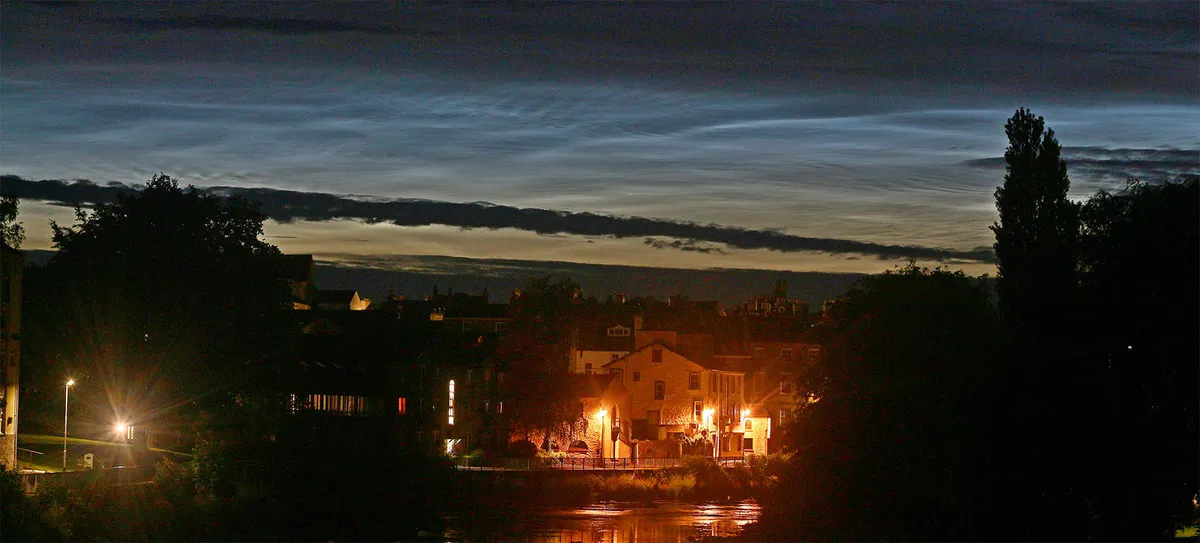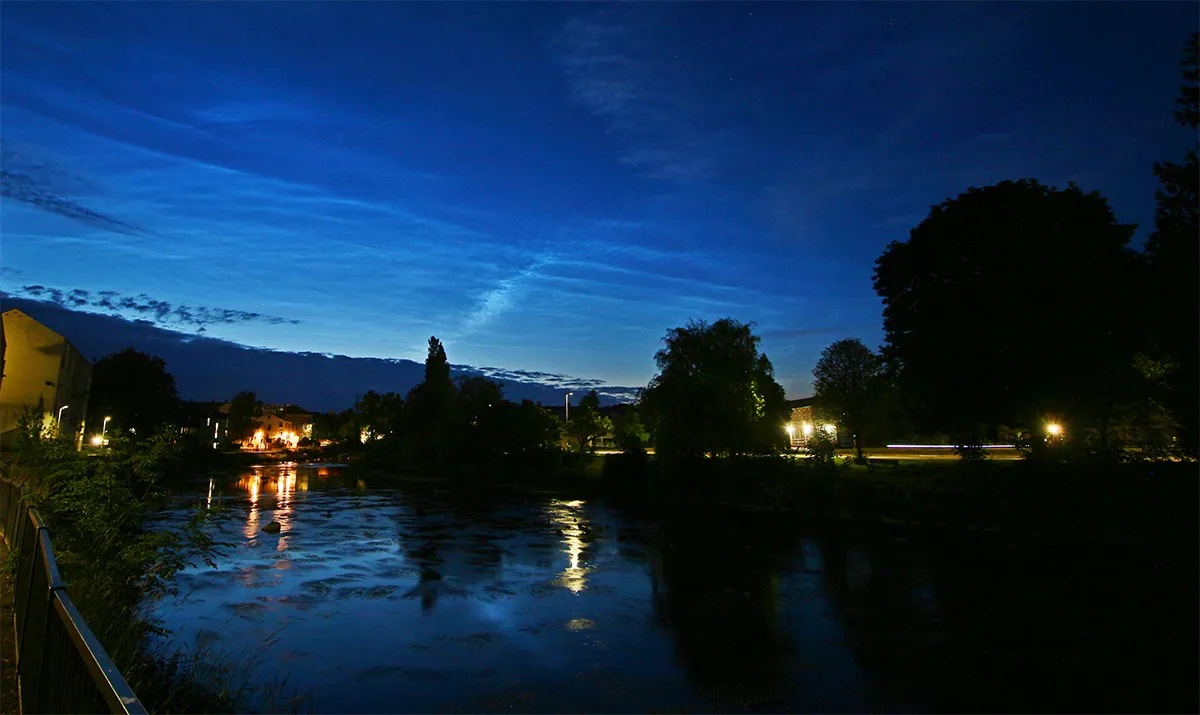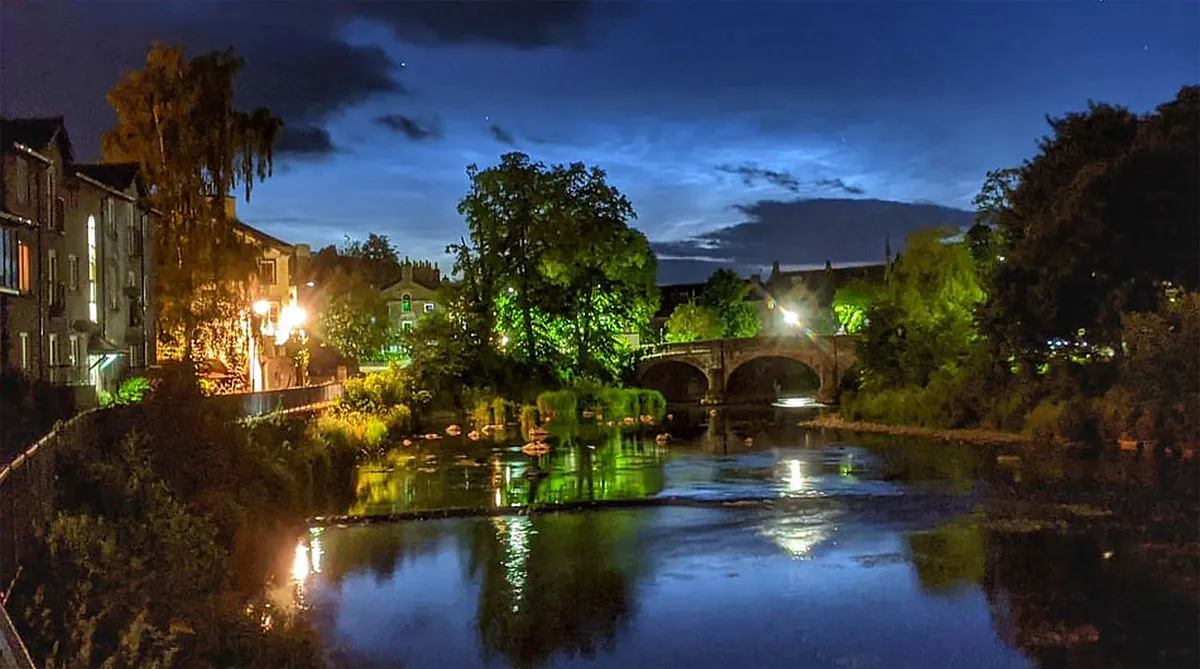It’s hard to believe I know, but we’re already about halfway through the so-called Noctilucent Cloud Season of 2021. So what has spotting NLCs in 2021 been like so far? And what might happen during the remainder of the season?
Noctilucent clouds – traditionally abbreviated to 'NLC' - are wispy, diaphanous clouds of icy dust, so high in the atmosphere they are often said to be 'on the edge of space', and are illuminated by the Sun long after darkness has fallen down here on the ground.
They’re not visible all year round: only during a period between the end of May and start of August when conditions in the upper atmosphere are just right for their formation.
Want to capture an image? Read our guide on how to photograph noctilucent clouds

NLC observing is very frustrating, but thanks to the internet and social media, NLC watchers don’t have to go out on every clear summer night, cross their fingers and hope to see something.
We now monitor meteorological websites that post information about how conducive conditions are 'up there' to the formation of NLCs, and also keep an eye on noctilucent cloud webcams positioned in Germany and across Eastern Europe, which provide early warning of a display brewing which might become visible to us later.
And if a display does begin, word soon spreads on Twitter and Facebook as observers post reports and photos using the hashtag #NoctilucentClouds. Then we know it’s time to get off the sofa, grab our cameras and go out NLC-hunting.

Noctilucent clouds: the 2021 season so far
The 2021 NLC season began quietly, as always, with a faint, horizon-hugging display overnight 25/26 May, but just over a week later, on 4/5 June, the first major display of 2021 lit up the northern sky, followed by a very pretty display two nights later.
Since then, sleep-deprived NLC-watchers have seen many beautiful displays. On 27 June, for example, observers across the UK were treated to the sight of a display of NLC stretching across the northern sky that was so bright it was reflected in the sea and in lakes and even cast shadows.
From where I am in Kendal, Cumbria, I watched it from just after 11pm until 2am, when it was finally swallowed up by 'normal' cloud.

This made up for missing the bigger and more dramatic displays that painted a huge swathe of the sky electric blue overnight on 15 and 21 Junefor many observers, but were hidden from my view by lower altitude Cumbrian cloud.
But I can’t complain, not when I saw the magical display that occurred late in the evening on 19 June, which featured a long, feathered trail of NLC that reminded me – and many other observers up and down the country – of the kind of bright smoke trail often seen when a large fireball has plunged through the atmosphere.
What will the rest of the 2021 Noctilucent Cloud Season bring? Who knows! That’s part of the fun!
It’s been a great season so far, but keep looking to the north after dark on any clear nights for the next month. I have a feeling the best is yet to come…
